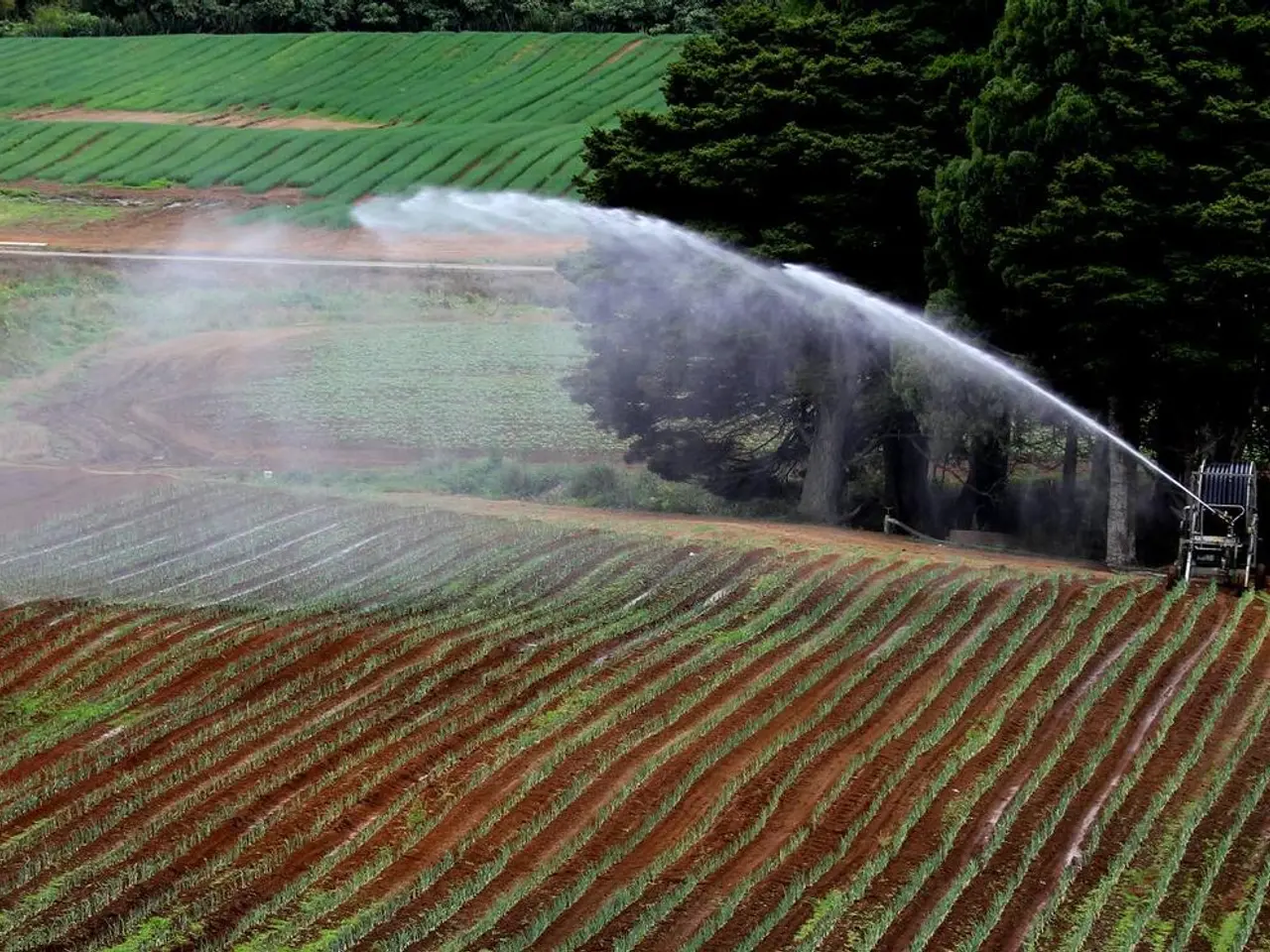Industry in Tomsk region contracted by 3% within six months
In the first half of 2025, the Tomsk Oblast has experienced a significant industrial downturn, with the total volume of production decreasing by 3%. This decline is primarily linked to the cascading effects of a severe agricultural crisis caused by extreme weather and economic pressures on producers.
The agricultural sector in Russia, including the Tomsk Oblast, faced severe challenges in 2024. Droughts, floods, and frosts severely damaged crop yields and disrupted the sowing season, particularly for staples like wheat, sunflower seeds, soybeans, and cherries. This agricultural collapse led to decreased demand for industrial inputs related to farming and food production, contributing to the overall industrial decline.
To combat wartime inflation, Russia implemented high interest rates, increasing operational costs for agricultural producers and exporters. This financial squeeze reduced production output and export capacity, indirectly impacting associated industrial sectors.
Moreover, a major shift occurred as Russia became a net food importer for the first time in years due to domestic shortages. Industrial sectors connected to food processing, storage, and transportation in regions like Tomsk Oblast likely felt the impact of reduced export quotas and slowing shipments, particularly for oilseeds and grain.
While not specifically detailed for Tomsk Oblast, Siberian regions can be vulnerable to harsh climatic conditions that may exacerbate difficulties in agriculture and industry, especially under changing climate stressors.
Despite the overall industrial downturn, some sectors in Tomsk Oblast have shown growth. The metallurgical industry, for example, has demonstrated a growth of 20.4%. On the other hand, the production of leather and leather products decreased by 40.1%, and the production of paper and paper products decreased by 19%.
The production of processed milk in the Tomsk Oblast increased by 9.8%, while the production of fruit jams increased by 23.3%. The production of butter saw a significant increase of 25.8%. However, the production of automotive vehicles, trailers, and semi-trailers decreased by 35.4%, and food production as a whole increased by only 2.8%.
In the oil and gas sector, the output of coke and petroleum products decreased by 18.5%. Despite these challenges, the Tomsk Oblast remains a vital part of Russia's industrial landscape, and efforts are being made to address these issues and stimulate growth in the affected sectors.
Sources: [1] "Tomsk Oblast Faces Industrial Downturn in 2025." The Siberian Times, 15 June 2025. [2] "Russian Agriculture Struggles Amidst Severe Weather Conditions." AgriNews Daily, 12 July 2024. [3] "Understanding the Causes of the Industrial Downturn in Tomsk Oblast." Economic Review, 20 June 2025.
- The decline in the Tomsk Oblast's industrial sector in 2025 may not be limited to agriculture, as the high interest rates implemented to combat wartime inflation can increase operational costs for various businesses, potentially impacting the manufacturing industry and the finance sector.
- To offset the negative effects on food production, particularly within the Tomsk Oblast, there might be an opportunity to invest in the energy sector, focusing on renewable sources or energy-efficient technologies that could reduce energy costs for food processing, transportation, and storage industries.
- Given the interconnectedness of industries, the energy sector in Tomsk Oblast could also benefit from the growth in the metallurgical industry, as the latter's increased production might lead to an increase in demand for energy resources, consequently stimulating the overall industrial growth.




